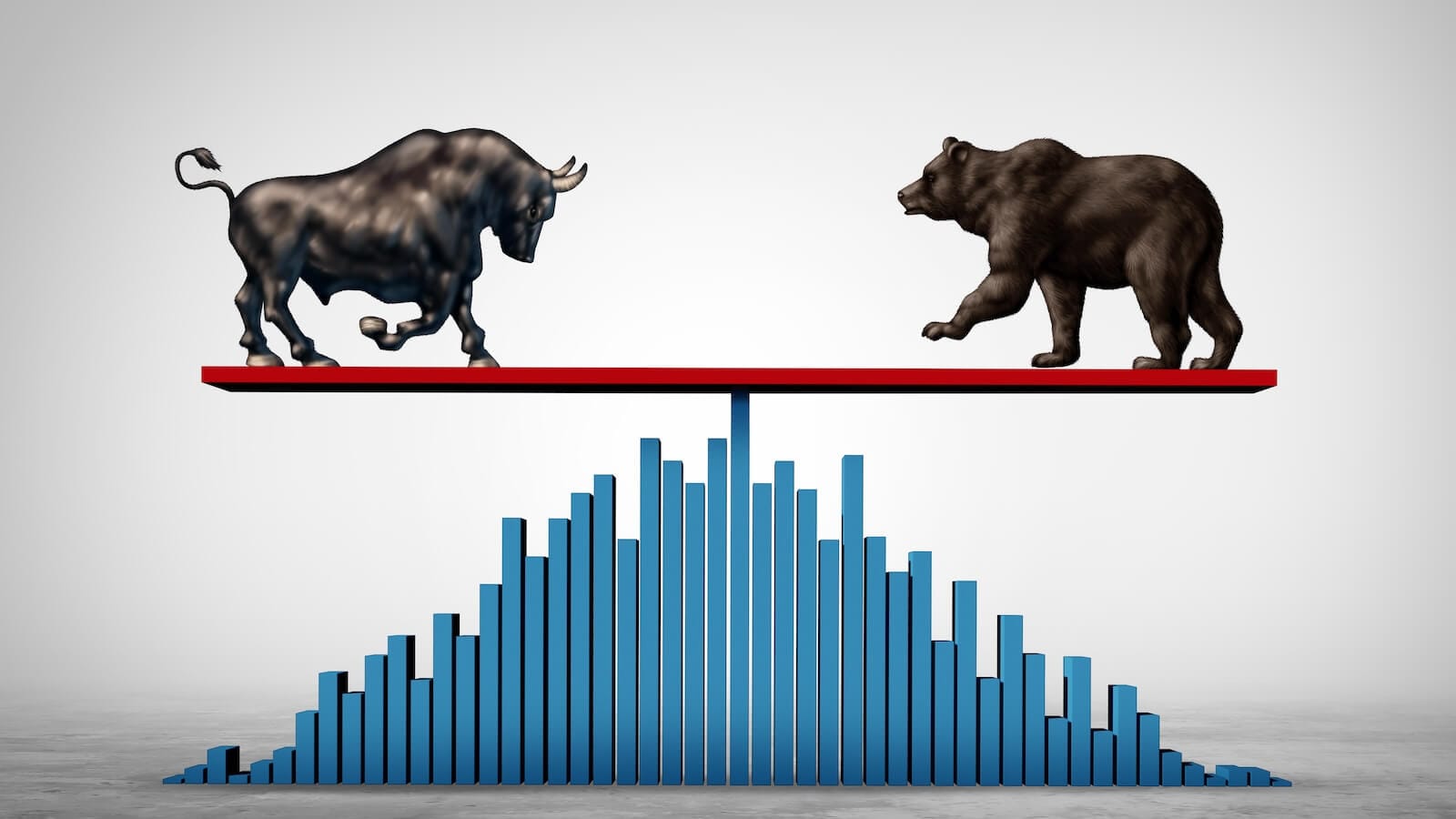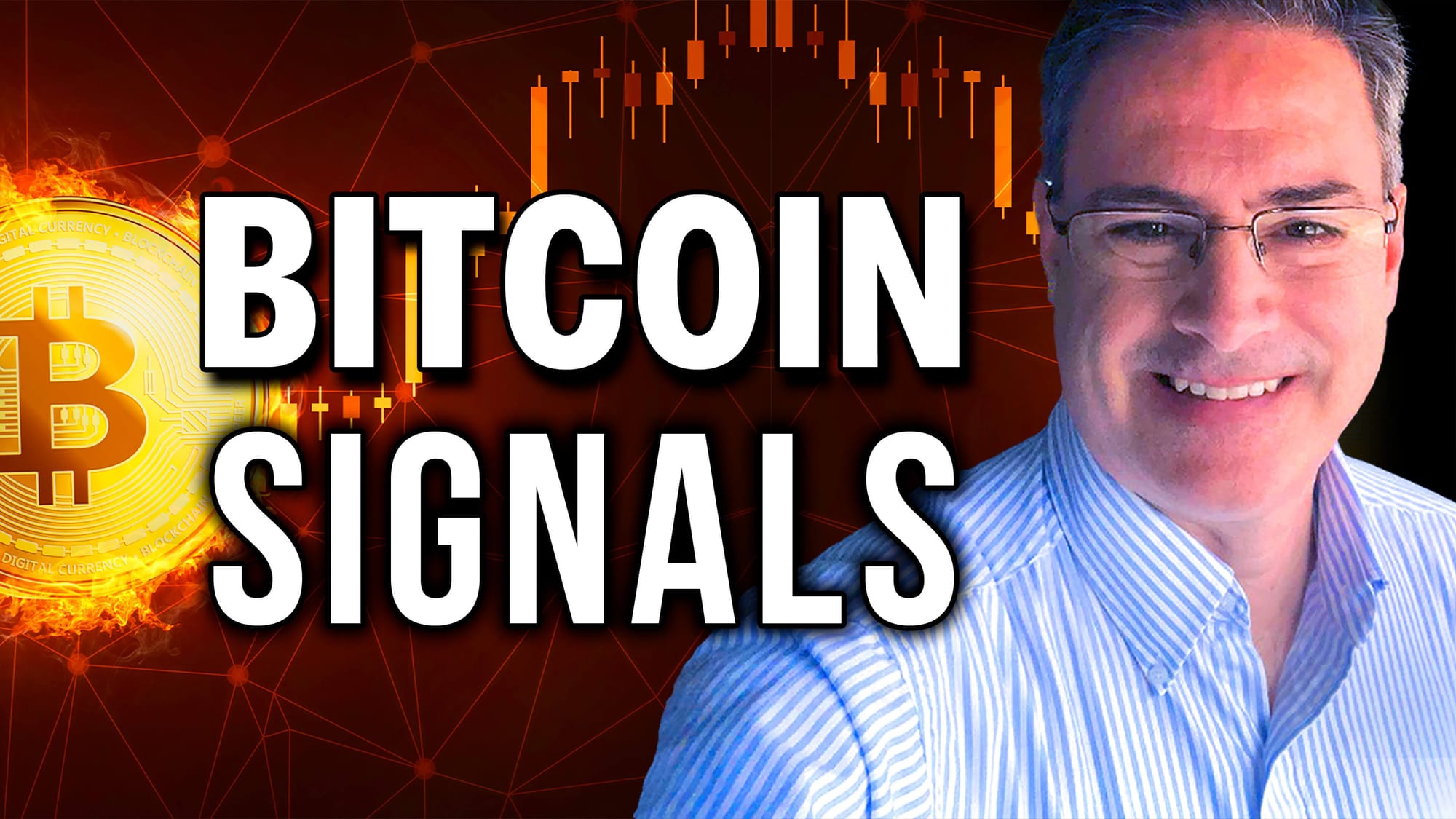They Say Three Steps and Stumble; This Market is Taking a Fourth
The legendary technician Edson Gould had a rule that, after three discount rate hikes, the stock market would be likely to stumble. That doesn't apply to emerging markets, but it did make a catchy headline. What is relevant to the iShares MSCI Emerging Market ETF (EEM) is that, since the turn of the century, the price has experienced three consolidation formations at successively higher levels and is in the process of breaking out from a fourth.
Chart 1 shows that the previous three formations were associated with a long-term KST buy signal. That does not guarantee success, of course, but certainly increases the odds that the current breakout will turn out to be genuine. Another helpful observation comes from the fact that the small red arrows flag the termination of the three previous breakouts, when the price crossed below its 12-month MA. The price is comfortably above its MA at the moment.

When any breakout takes place, it is also helpful to examine the technical position in greater detail to see if it is being supported by other indicators. Chart 2, for instance, compares the daily close of the EEM to its Special K (SPK) indicator, which you can read about here.
Simply put, the SPK combines short-, intermediate-, and long-term momentum into one composite series. This enables the indicator to reverse its primary trend more or less simultaneously with the price with which it is being compared. It may be interesting to be aware of this relationship, but it's not of much practical use in real-time unless such reversals can be identified relatively close to where they occurred.
Chart 2 shows that trendline breaks and crossovers of the red signal line are two useful tools which can achieve this task. For example, the SPK topped out in early 2021 and later experienced a negative trendline break and signal line crossover. A similar but reverse combination developed in early 2023 by the dashed lines. Further reinforcement of a positive trend for the EEM developed earlier this year for the SPK and later on for the price itself.

Chart 3 plots this ETF on a weekly basis, where we can see that the indicated upside objective would return the price back to its 2021 high. That seems like a reasonable prospect, as the intermediate KST is in a positive mode. We just need a small gain to enable its short-term counterpart to move into a fully positive mode.

Internal Breadth Momentum Is Strong
Chart 4 features a diffusion indicator measuring the percentage of a universe of individual EM country funds in a positive trend. The data have been calculated on a weekly basis and smoothed with a 39-week MA. The indicator is currently in a rising trend, and the recent trendline break suggests it has further unrealized upside potential. The indicator is currently just above the equilibrium point, but nowhere near the kind of overbought condition that would normally be a threat to the uptrend.

The same can be said for this same data when expressed in a cumulative daily format. Chart 5 shows that has recently broken out for the fifth time since 2010. Most previous instances were followed by a nice advance.

Currencies Play a Role
Chart 6 compares the EEM to the WisdomTree Emerging Currency Fund (CEW). The vertical lines flag important EEM turning points, which also line up with those for the CEW. The important point to note is that the CEW, having already pushed above a 23-year down trendline, looks set to break out from a 6-year base. Given its close connection with swings in the EEM, a valid breakout would offer strong proof of the likelihood of substantially higher prices for the EEM.

Finally, Chart 7 shows that swings in the EEM price and those for the copper price are closely linked. Most of the time, both intermediate KSTs also move in similar directions. At the moment, both price series are in strong uptrends. The reason for this correlation is not that all emerging countries produce copper, although many do. Rather, it is that copper is symbolic for both commodity prices in general and the global economy, since it is used worldwide in many industries.

Regardless of the connection, the positive copper price suggests that the EEM is headed higher.
Good luck and good charting,
Martin J. Pring
The views expressed in this article are those of the author and do not necessarily reflect the position or opinion of Pring Turner Capital Groupof Walnut Creek or its affiliates.










